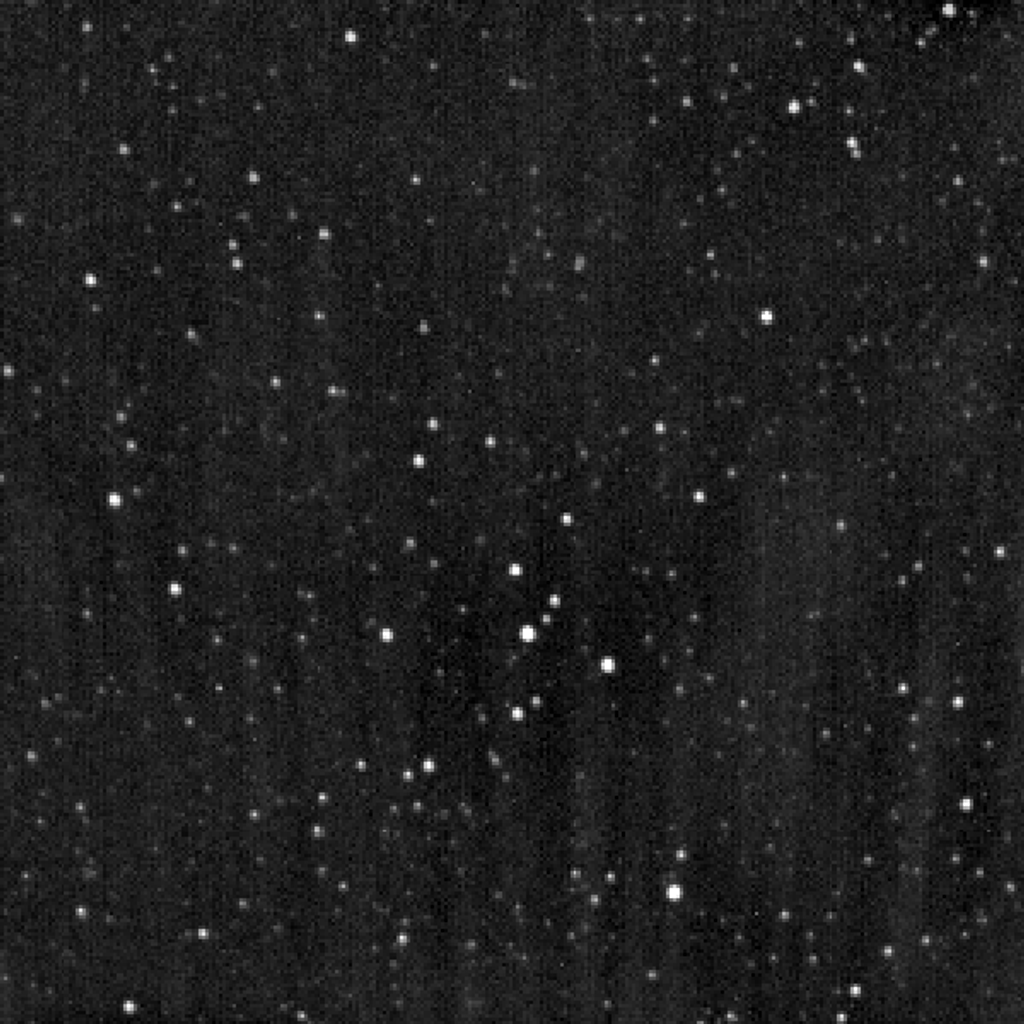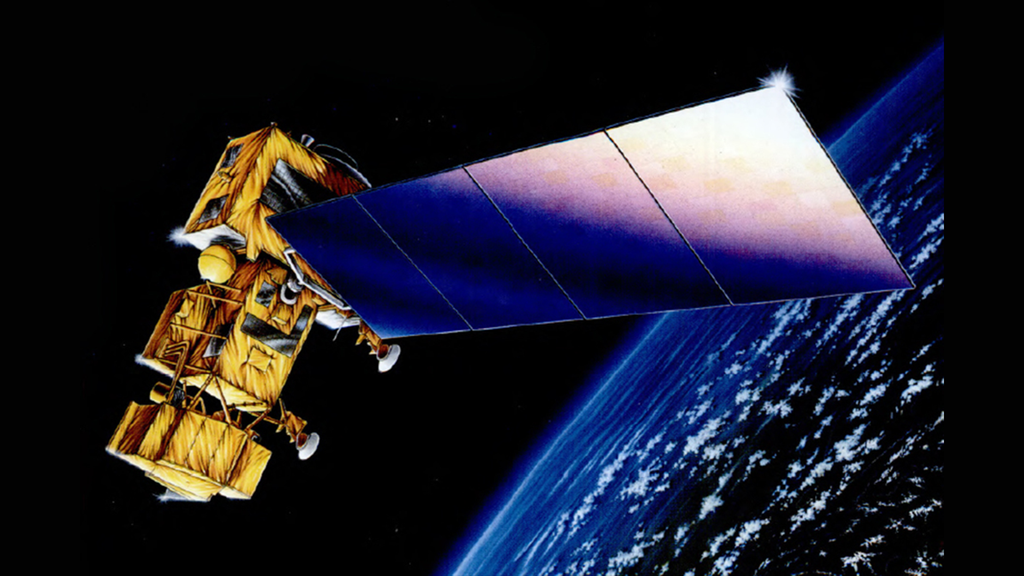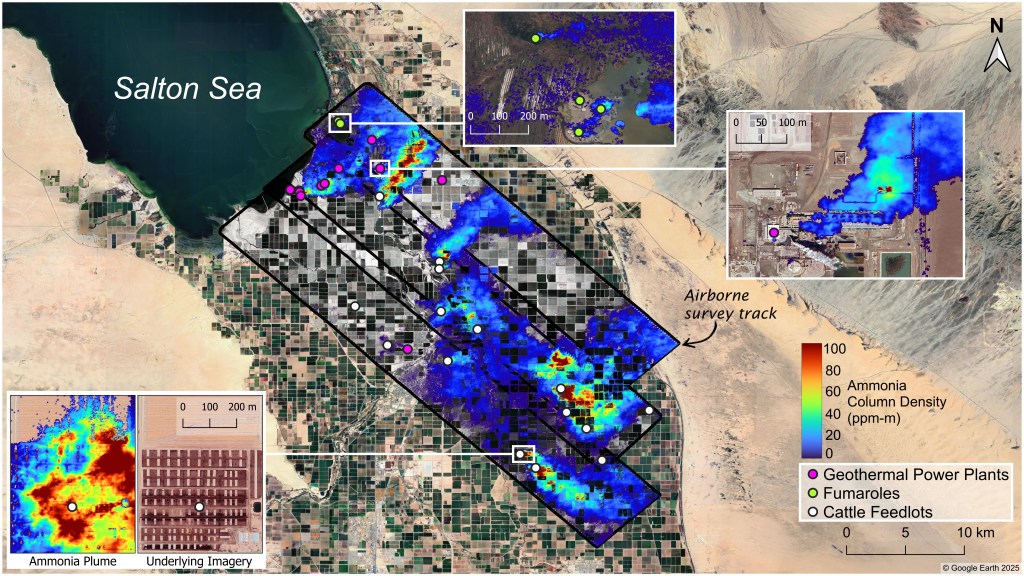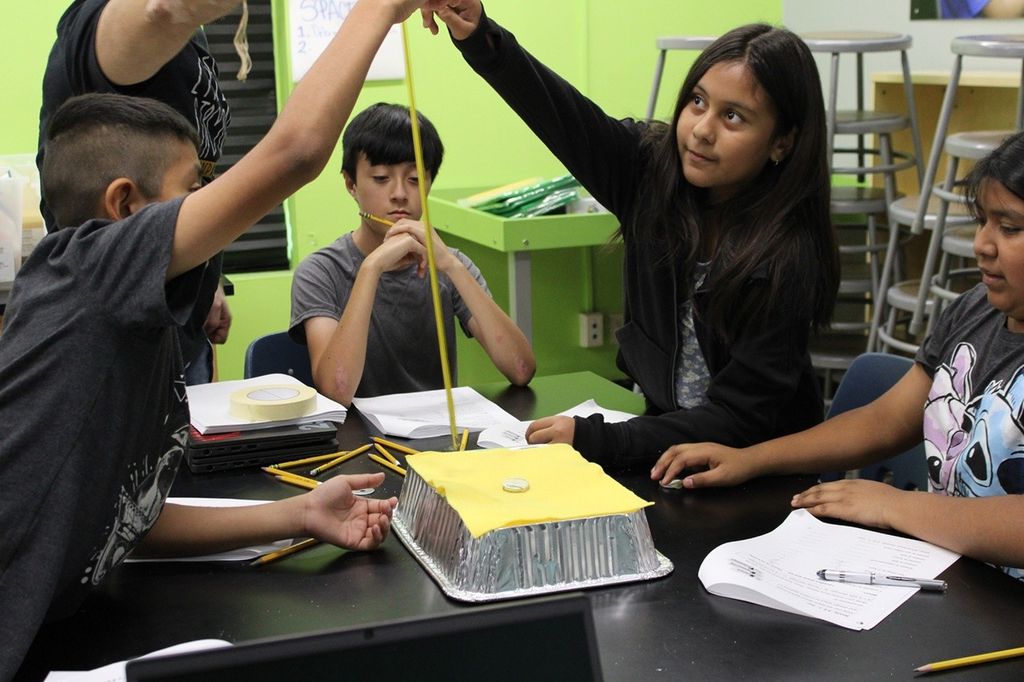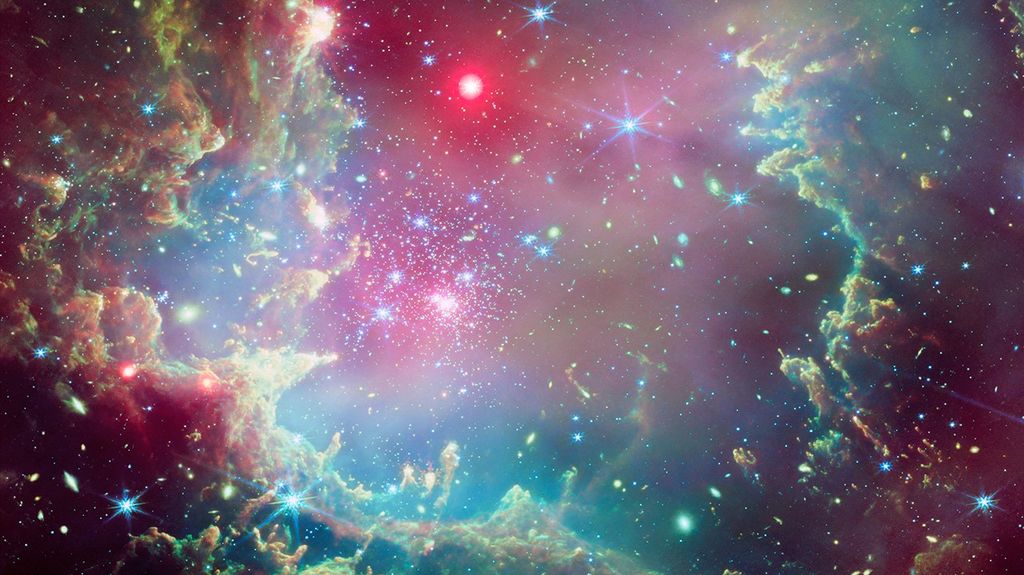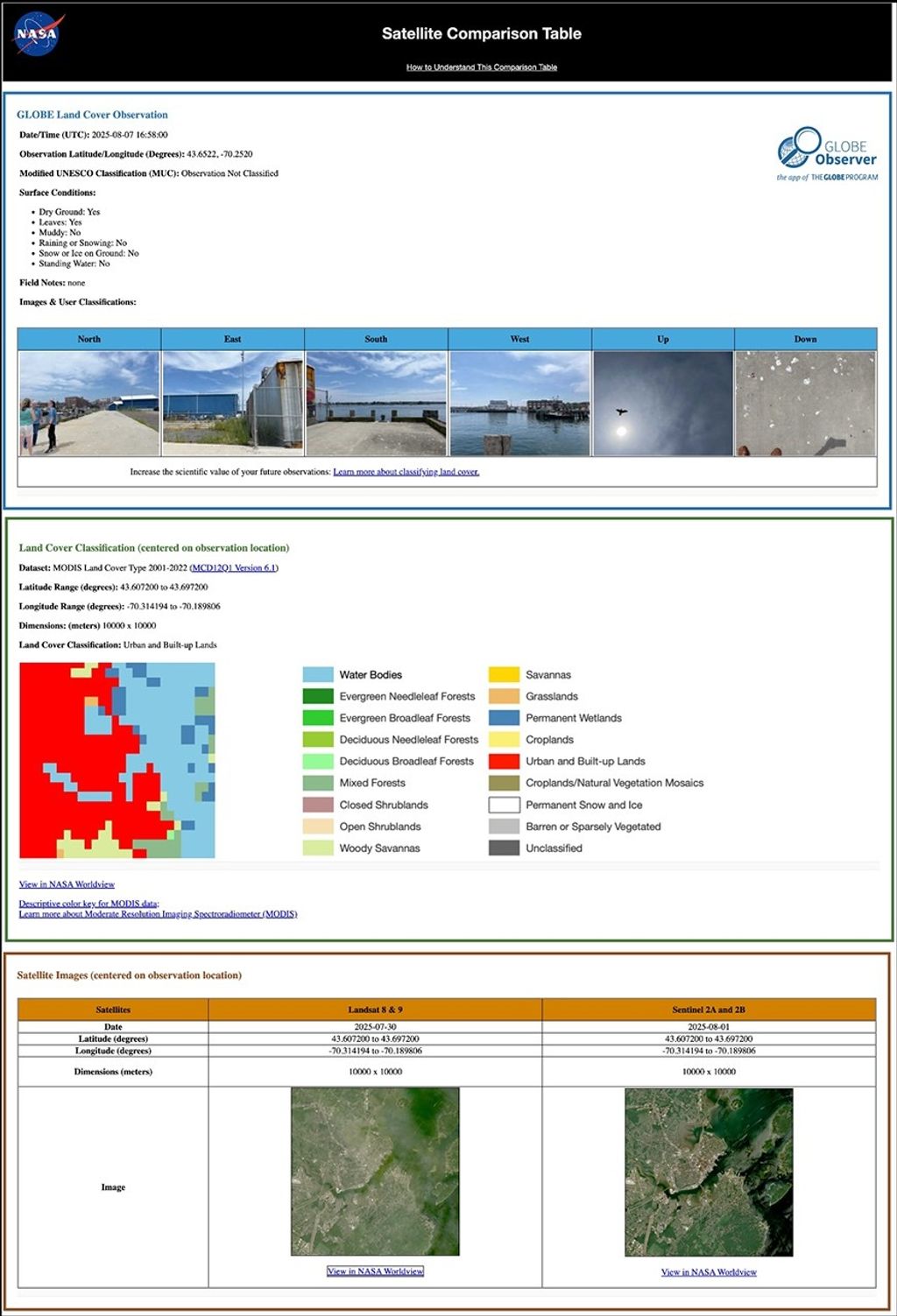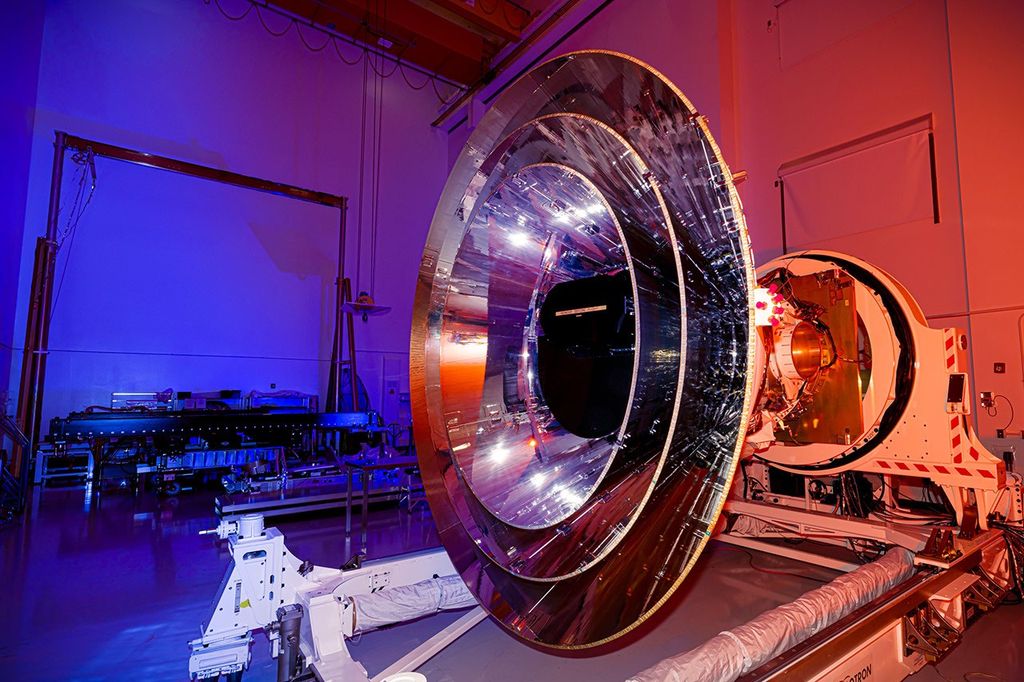BACKGROUND INFORMATION: STIS CHEMICALLY ANALYZES THE RING AROUND SUPERNOVA 1987A
The Space Telescope Imaging Spectrograph (STIS) provided a new and unprecedented look at one of the most unique and complex structures in the universe – a light-year wide ring of glowing gas around supernova 1987A (SN1987A), the nearest stellar explosion in 400 years, which occurred in February 1987.
"Hubble previously made fantastic discoveries about the complexity of the SN1987A ring system; now we have the tools to dissect the whole ring system for the first time," said STIS team member George Sonneborn of NASA's Goddard Space Flight Center in Greenbelt, Md.
The STIS long-slit spectrograph viewed the entire ring system, dissecting its light and producing a detailed image of the ring in each of its component colors. Each color represents light from specific elements in the ring's gasses, including oxygen, nitrogen, hydrogen, and sulfur. These observations would not be possible with any other telescope. The ratio of the ring's brightness in different colors, emanating from the same elements, gives a measure of the concentration of the gasses. The colors also identify gasses at different temperatures.
By dismantling the ring into its different puzzle pieces – its component elements – astronomers hope to put together a picture of the stellar process and physics which created the ring. "This will help us better understand the star's evolutionary path toward a supernova, and more generally, what types of stars form supernovae," said Sonneborn. "STIS has given us an unprecedented picture of this unique and complex system. A complete picture is fundamental to understanding the star's evolution before it exploded as a supernova. This is necessary to understanding the origin of the chemical elements produced in the massive explosion."
The ring formed 30,000 years before the star exploded and so is a fossil record of the final stages of the star's existence. The light from the supernova heated the gas in the ring so that it now glows at temperatures from 5,000 to 25,000 degrees Kelvin.
Astronomers expect that STIS will provide valuable new information about the structure and geometry of the ring as well as its total mass. An initial analysis reveals some small differences in the size and shape of the ring at different wavelengths, though astronomers caution that much more data analysis is necessary.
The researchers were also able to determine the orientation of the mysterious red outer rings by finding a break in the northern outer ring, which establishes that it passes behind the supernova's expanding cloud of debris, at the center of the system. This was possible because the debris is very dim in the STIS spectrograph because of its high expansion velocity.
Supernova 1987A is located 167,000 light-years away from Earth in the Large Magellanic Cloud.






